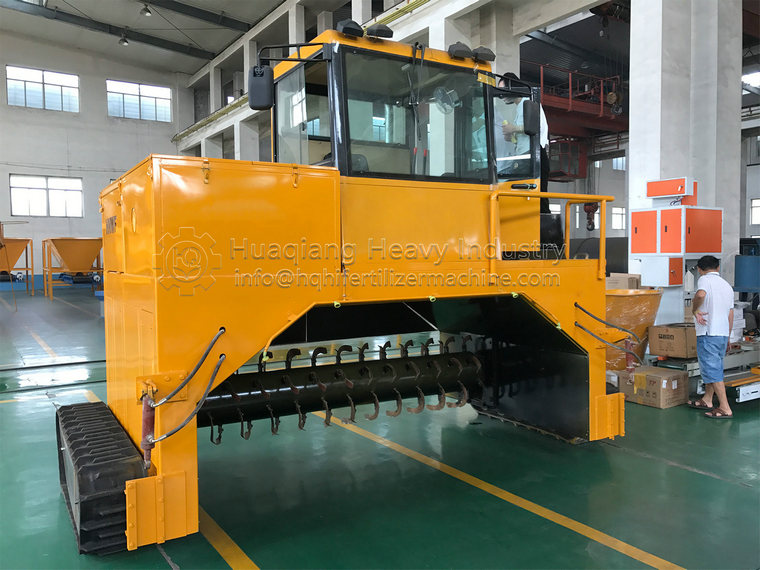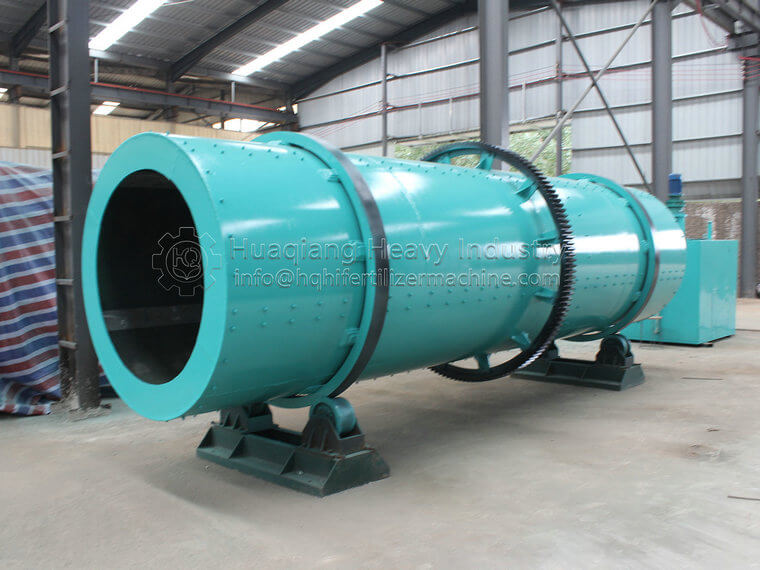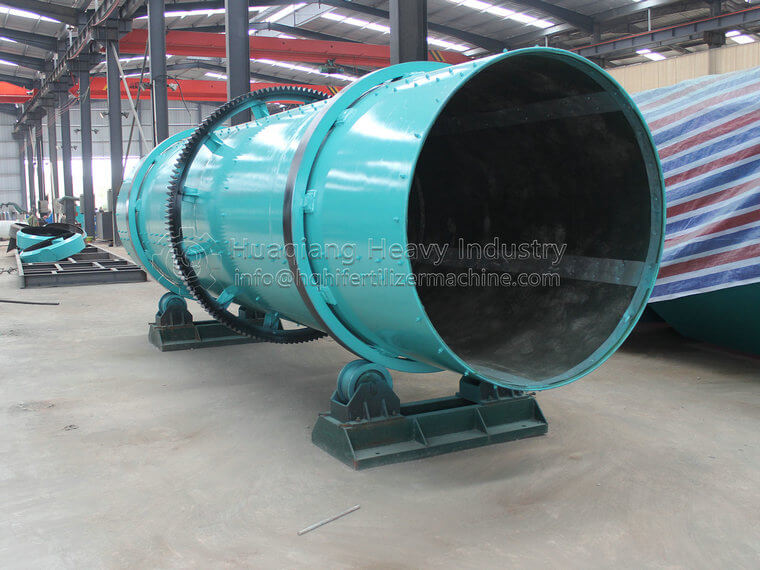Equipment configuration and price of small powdered chicken manure organic fertilizer production line
The organic fertilizer chicken manure production line is currently an important component of the equipment required for the production of organic fertilizer in the fertilizer industry. After being treated and processed by the equipment, organic waste can be turned into treasure to increase economic benefits and solve environmental pollution problems, corresponding to national environmental protection policies; The organic fertilizer produced by the organic fertilizer production line also plays a decisive role in the cultivation of organic crops and organic fruits and vegetables. All have received recognition and high praise from the vast number of users..jpg)
Small powder chicken manure organic fertilizer production lines generally choose small mixers, shallow slot stackers, or stacked stackers, refining equipment, automatic packaging machines, etc. The pre mixing equipment for large-scale powdery organic fertilizer production lines generally selects double spiral mixers or unpowered mixing mixers, and the selection of a shallow groove or spiral or chain plate type stacker is generally determined based on one’s own financial situation and level of automation. To refine the equipment, it is necessary to choose 2-3 large pulverizers, or choose screening and crushing first to save some energy. This is because the fermented organic raw materials have high moisture content, high difficulty in crushing, and high power of the equipment. In order to achieve high yield, high efficiency, and energy conservation, screening and refining equipment must be selected. After packaging, it is necessary to choose an organic fertilizer powder packaging machine for this packaging.
The small-scale powdery chicken manure organic fertilizer production line is designed for users who are just starting out and lack funds. We consider that users are worried about the high price of powdery organic fertilizer equipment because they have just started building factories, but their own farm manure has no place to treat, pollutes the environment, and has a foul odor for several miles. Therefore, our company has designed a small-scale powdery chicken manure organic fertilizer production line, which can solve the problem of low investment and fast return efficiency, There is no need to worry about sales issues (self use or local sales). The small-scale chicken manure organic fertilizer powder production line costs around 80000 to 100000 yuan, and low-cost investment not only solves environmental pollution problems but also increases income, making it a good project to become rich.



.jpg)




